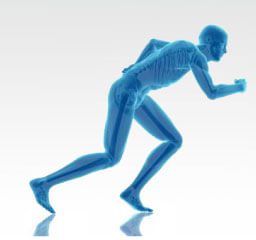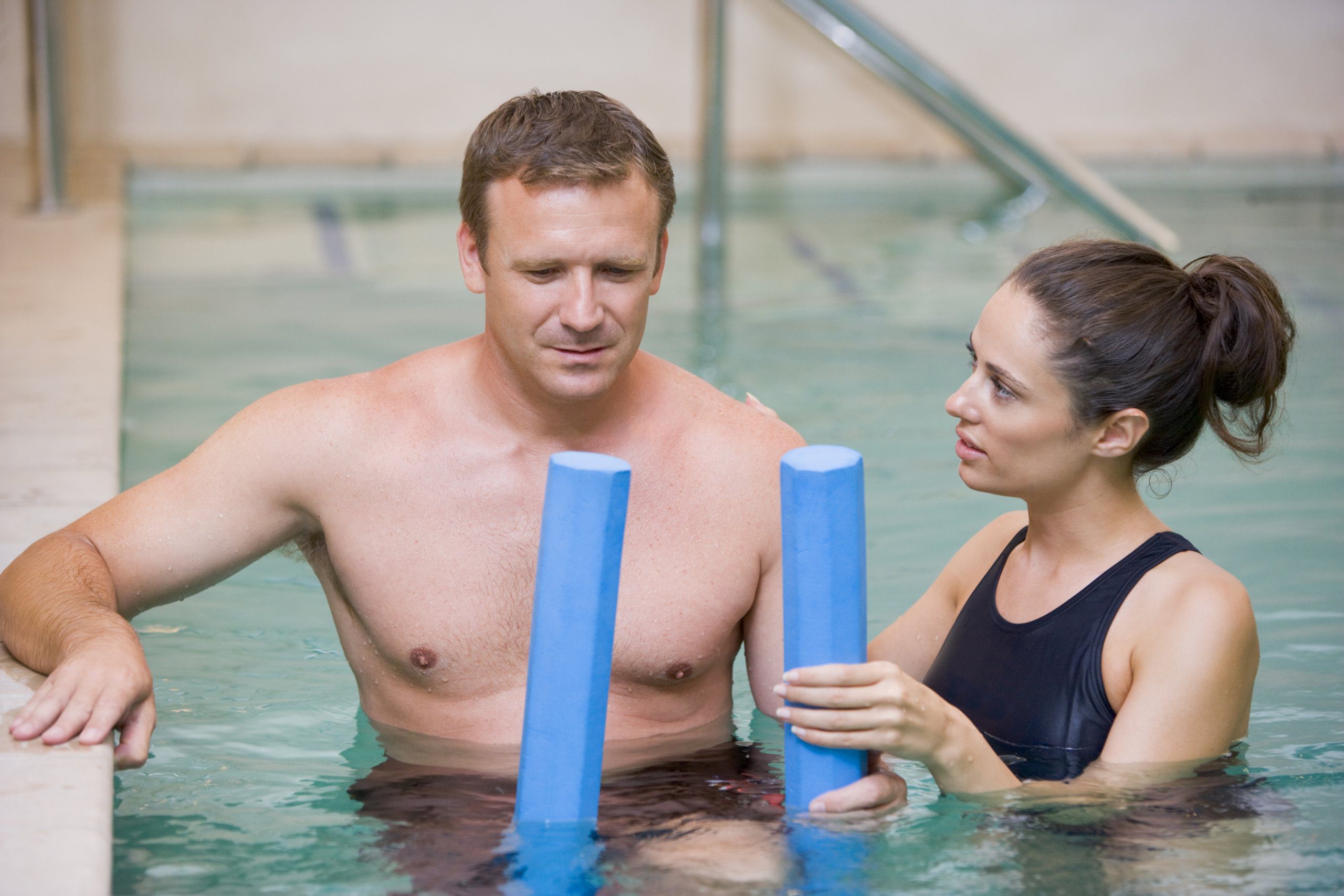Table of Contents
ToggleBarefoot running and the dangers of getting back to nature
The evolution of barefoot running:
The concept of barefoot running has recently burst onto the scene. Is this radical change in running style/shoe the best decision for you?

Barefoot or “natural” running involves running either completely barefoot or in a less supportive, firmer shoe than the cushioned shoes we have become accustomed to. Barefoot running shoes have been developed based on evolutionary history, with the argument being that humans have been running safely for millions of years, in thin sandals or no shoes at all, while the first running shoe wasn’t developed until 1970.
Biomechanically, the main difference of this running style is that runners are more likely to strike the ground on their mid-foot or forefoot rather than with the heel.
Proposed Benefits:
- Reduced impact forces when landing correctly on the forefoot. This is hypothesised to reduce injury rate (i.e. repetitive stress injuries) but has not been clinically proven as yet.
- It strengthens the intrinsic muscles of the foot.
Factors to be considered:
People who are not regular runners often do not initially have the strength and stability required to adapt to a barefoot running pattern.Through evolution our behaviours and work patterns have changed and as a result we are not spending as much time upright on our feet. This means that there are associated postural muscle strength changes, as well as altered flexibility through global muscles.
People who wear supportive running shoes are thought to land on the heel more frequently. Although higher ground reaction forces have been measured by some studies, it has not been proven that this increased heel strike results in higher injury incidence.
Considering the Switch:
- Muscles that are not used to working through this range will be susceptible to injury if overloaded too quickly
- A large stride places increased stress on the calf muscles, Achilles tendon and the arch of the foot
- Most running injuries that occur with a change in technique or a return to running (during the first 6 months) are due to rapid speed. Start off at a much slower pace and focus on your running form and landing
- Increase stretching of the calves and Achilles after running because these structures are working harder with the mid- and forefoot landing of barefoot running.
Your physiotherapist can assess your running form and biomechanics to make your running style work best for you.

[/fusion_text][/fusion_builder_column][/fusion_builder_row][/fusion_builder_container]



